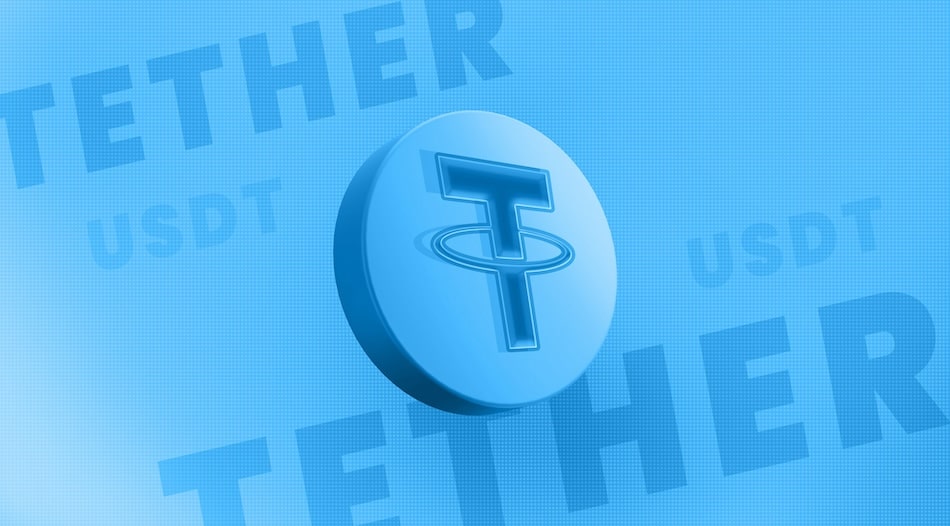
Sequans Communications, a Paris-based semiconductor company listed on the NYSE, has announced plans to sell up to $200 million in shares via an at-the-market (ATM) equity program, with the proceeds earmarked for further bitcoin purchases.
Sequans’ bold bitcoin treasury target
The company has set a goal to accumulate 100,000 BTC by 2030, a figure that would represent nearly 0.5% of all bitcoin supply.
Currently, Sequans holds 3,171 BTC, worth about $350 million, making it the second-largest corporate bitcoin holder in Europe after Germany’s Bitcoin Group SE.
If Sequans were to deploy the new $200 million in proceeds at current prices, its holdings could rise to approximately 5,000 BTC, rivaling U.S.-based Semler Scientific.
For an overview of how many bitcoin exist, see this detailed info page.
Fundraising and shareholder impact
In July, Sequans raised $189 million through secured convertible debentures and warrants, bringing its total recent fundraising to roughly $376 million.
With the new ATM program, Sequans will have raised close to $576 million for its bitcoin treasury strategy.
CEO Georges Karam described the approach as a foundational move:
We intend to use it judiciously to optimize our treasury, increase Bitcoin per share, and deliver long-term value to shareholders.
Risks and rewards of the bitcoin proxy model
Industry observers note that this aggressive strategy positions Sequans as a leading corporate adopter of bitcoin, but also exposes shareholders to bitcoin’s volatility.
Analysts are split, weighing the potential long-term upside against the dilution of existing shareholders.
Unlike MicroStrategy’s historical approach, Sequans does not have a billion-dollar cushion to weather extended downturns.
The company’s ambition marks a significant shift from its traditional semiconductor role toward becoming a bitcoin proxy stock.
Looking ahead
Sequans’ success will depend on disciplined treasury management and bitcoin’s future price trajectory.
The company’s long-term conviction in bitcoin is clear, but its fortunes are now tightly linked to the asset’s performance.



